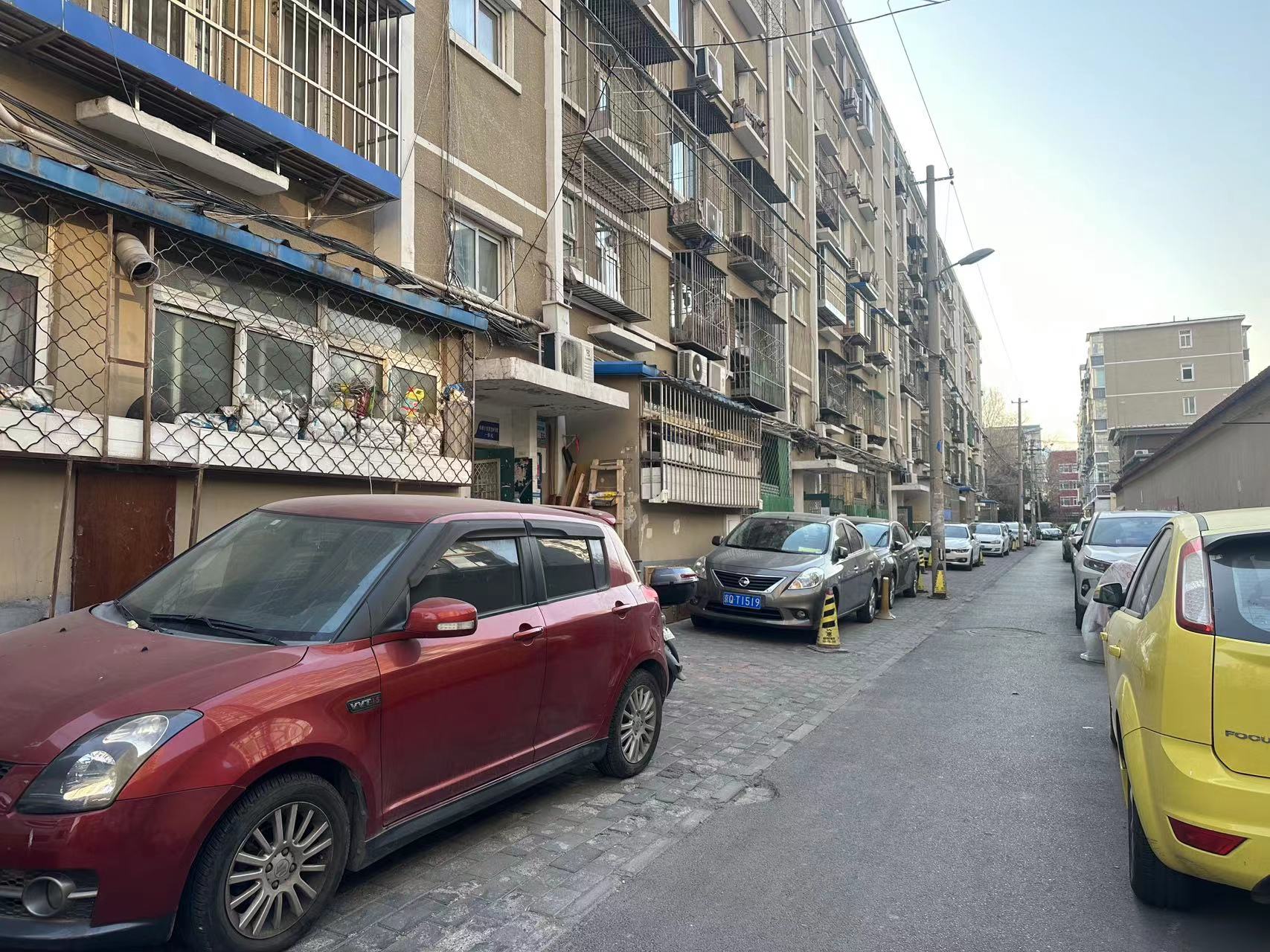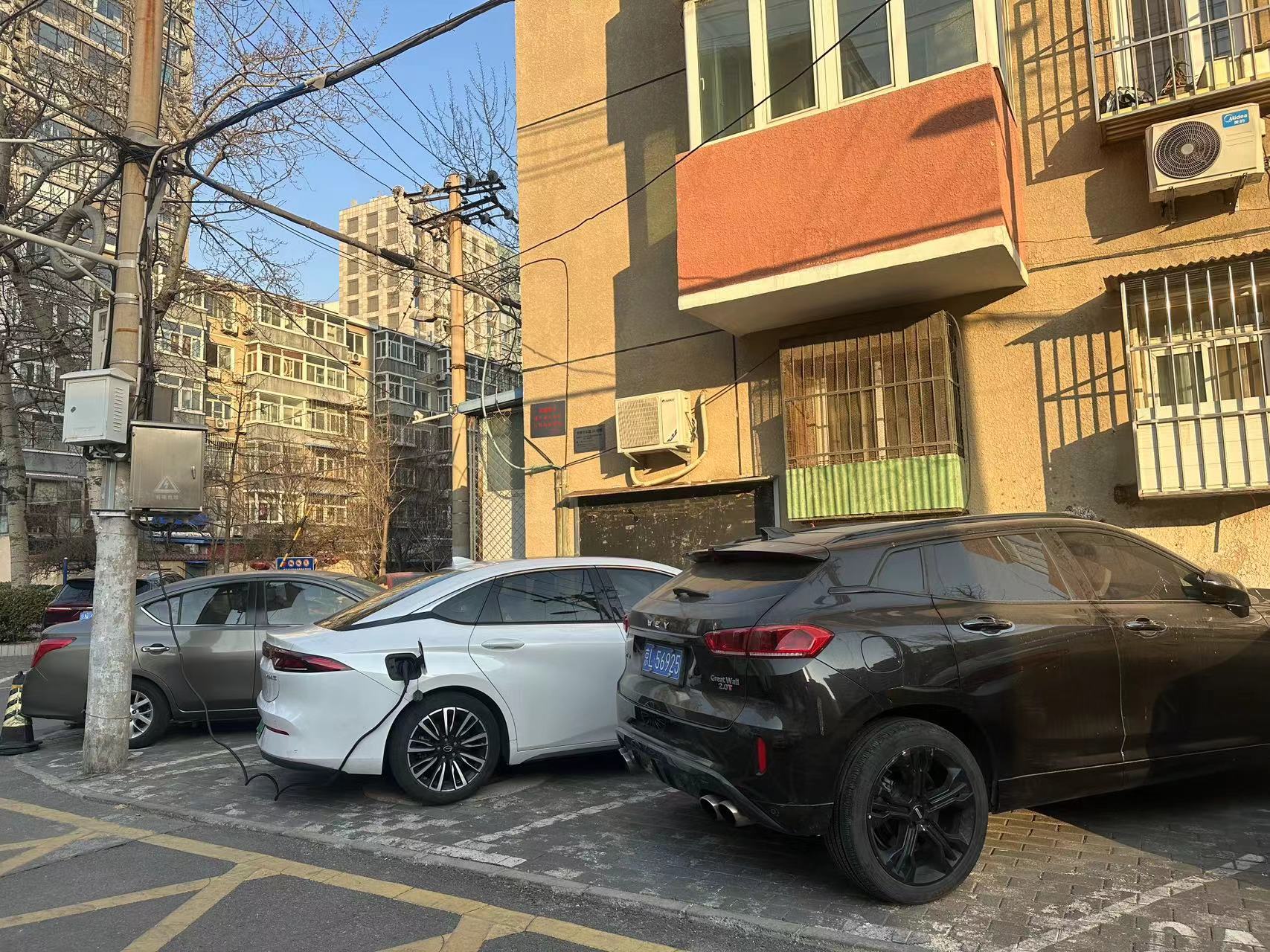We have conducted numerous studies on the topic of charging EVs where we let car owners discuss with each other the pros and cons of charging a battery vs. a battery swap.
The obvious benefit of the battery swap: it saves time. You simply drive to a battery swap station, the service person takes over the car, and the car is back in 5 to 10 minutes with a fully charged battery.
Check out this video to see how battery swapping works:
https://www.youtube.com/watch?v=oTXptUuKGrc
While German consumers don’t think much of this idea because they want to take care of their battery on their own, Chinese consumers are very open to this option, especially those who cannot install a charging pillar at home due to the limited space in the old living complexes in the city center.

Check out this page to have an overview of what an old living complex compared to a new one looks like:
https://k.sina.com.cn/article_1353758960_50b0b8f000100q4uy.html
Who is living in the old complexes and why?
The old complexes (老破小), were mostly built in the 50s until the 80s. They are government-sponsored low-cost housing projects copying the idea from the khrushchevka of the Soviet Union.
These living complexes are located in the very center of the city, thus often close to all the good schools. Parents who want their children to visit good schools will pay a lot to purchase an apartment in those old complexes.
There are also old complexes in the center of the city but with no good schools nearby, thus the prices there are slightly lower. For young couples who want to purchase their first apartment with a limited budget, this would be their first choice.
For those who work in the city center, often from 9 a.m. till 9 p.m. or later, living near the office is also a clever choice.
Parents, young couples, and office employees are often car owners. Due to the license restrictions in the big cities, these cars are often EVs.

The charging problem in winter
During my desk research, I found out that a lot of EV drivers in North China complained that their EV‘s battery range drops 40 to 60 % in winter ( temperatures from 0 to -30 degrees), meaning that charging needs to be done more frequently.
Charging with a public pillar takes time. In summer it takes about 20 minutes to fully charge the battery and in winter about 60 to 90 minutes. The AC should not be turned on while charging, leaving the drivers freezing in their cars.
The battery swap problem
Battery swaps also cause problems, especially in the Northern cities (-10 to -30 degrees). There is always a queue in front of the swap station on very cold days and the waiting time is about 1 to 8 hours. While waiting, some EV batteries drop to 0 %.
In the worst case, the battery itself and the car chassis freeze together, making it impossible to take out the battery. The service staff then has to heat up the car chassis first before they can start working. Queueing battery swaps also mean that the swap stations don’t have time to charge each replaced battery to 100 %, meaning that drivers might replace their 30 % battery with another 60 % battery, resulting in frequent battery swaps.
We mentioned in another article that there was an electricity shortage in South China due to high-temperatures.
Check out the following video showing how many cars are in line for battery charging in summer in a city in South China and the queue for charging in winter in a city in North China:
https://www.bilibili.com/video/BV1j14y1H7Jh/
The consequences
- People who use their car to drive to work and get there late might have their salary cut.
- Taxi drivers who use an EV car make less money due to waiting in front of the charging or swap station.
- Students who come late to school might be shamed in front of their class.
In other words: charging an EV in winter might cause a loss of money or reputation for its owner. Let’s hope this big pain point for EV drivers will be solved very soon.
Spiegel Institut conducts international consumer research studies, offering insights into the cultural and social background information for a better understanding of the consumer mindset. Feel free to contact us for cooperation: info@spiegel-institut.de
Author: Yue Liu, Spiegel Institut Mannheim